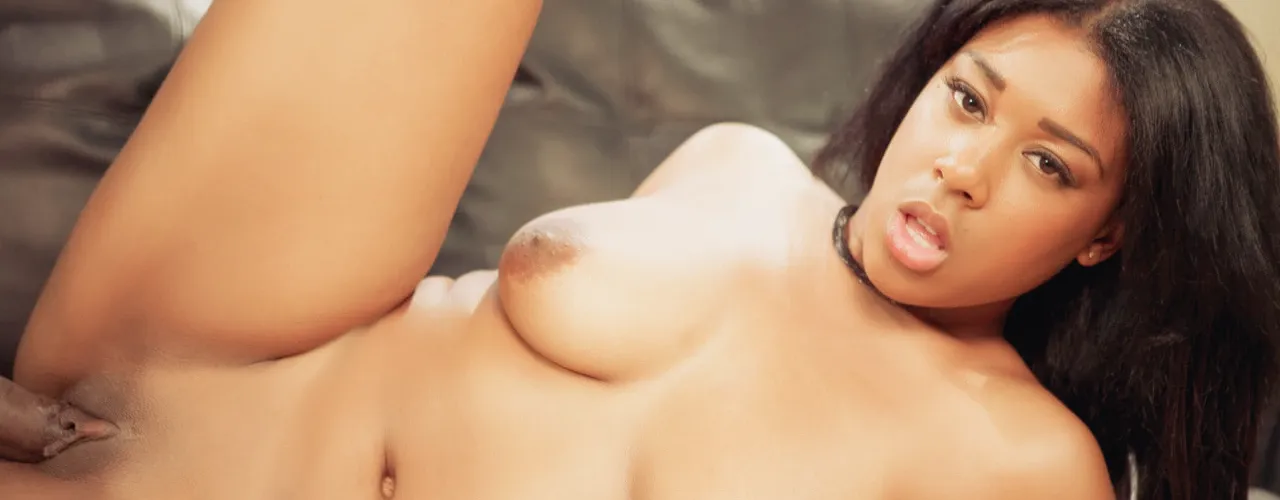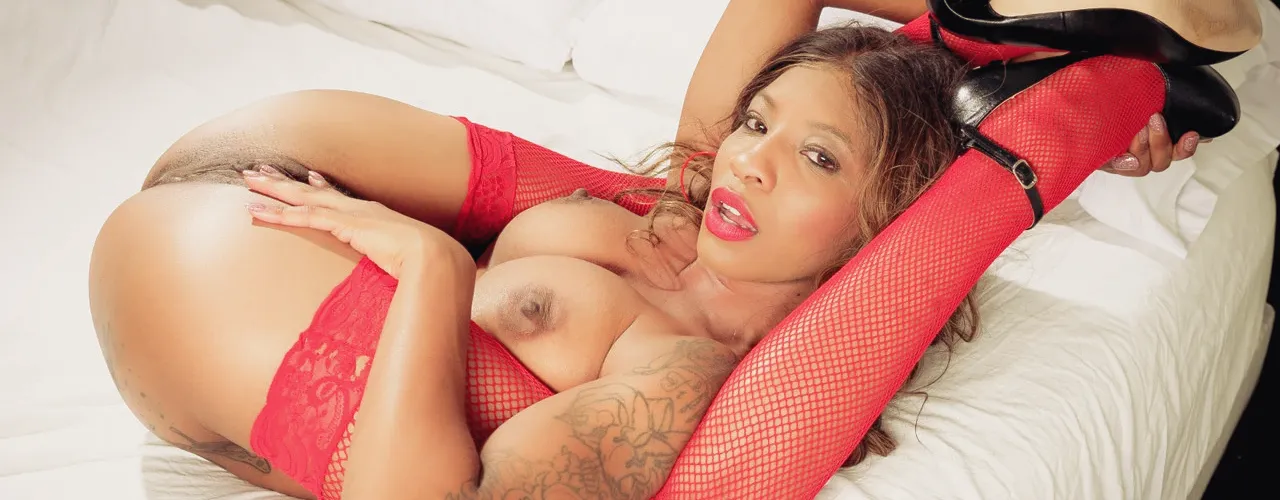The Legacy of Black Penthouse Pets
How Black Models Redefined Penthouse
Welcome to The Legacy of Black Penthouse Pets, an in-depth exploration of the groundbreaking Black models who have graced the pages of Penthouse Magazine. These stunning women have captivated audiences with their beauty, confidence, and sensuality, leaving a lasting mark on the world of adult entertainment. This article delves into the history of Black Penthouse Pets, highlighting their rise to fame, the challenges they faced, and their influence on the industry. From the first Black Pet of the Month to the trailblazers who redefined beauty standards, we celebrate the diversity and empowerment they brought to the iconic magazine. Discover how Black Penthouse Pets have shaped modern adult media, breaking barriers and paving the way for future generations of Black glamour models and adult stars. The Legacy of Black Penthouse Pets is a tribute to their contributions, showcasing the cultural impact of these mesmerizing and fearless women.

The world of adult and glamour magazines has long been a reflection of broader societal attitudes toward beauty, diversity, and representation. While Penthouse magazine, founded by Bob Guccione in 1965, was initially marketed as a more risque alternative to Playboy, it eventually became a space where boundaries were tested, and new forms of beauty were embraced. Among those breaking ground in the glossy pages of Penthouse were Black models—women whose presence was not just about sensuality, but about defying conventions and reshaping the standards of desirability in media.
The Early Days: A World of Exclusivity
Like many magazines of its era, Penthouse was initially slow to embrace diversity. When it launched in the U.K. before making its American debut in 1969, the magazine primarily featured white models, echoing the broader Western beauty standards of the time. While Penthouse prided itself on being more sexually explicit and avant-garde than its competitors, it still reflected a largely Eurocentric view of femininity.
However, by the 1970s, societal shifts—fueled by the Civil Rights Movement, Black Power, and a rising counterculture—began to push the boundaries of representation in media. The fashion industry was already experiencing change with models like Beverly Johnson and Naomi Sims breaking into mainstream publications. This shift extended to men’s magazines, albeit at a slower pace.
The First Black Penthouse Pets: A Milestone Moment
One of the earliest breakthroughs came in 1972 when Penthouse featured Isobel Garcia Orobiyi, its first Black Pet of the Month, a moment that signaled a shift toward greater inclusivity. While Playboy had made similar strides by featuring Black Playmates, Penthouse took a bolder approach, emphasizing raw sensuality over the polished glamour of its competitors. This editorial choice meant that Black models were presented with an unapologetic confidence that resonated with readers looking for something different.
Over the years, several Black women would grace the pages of Penthouse, each bringing their unique beauty and charisma to the magazine. These women were not just models; they were pioneers challenging a predominantly white industry and proving that Black beauty was not only worthy of attention but also of admiration and celebration.

The Cultural Impact: Visibility and Representation
The inclusion of Black Penthouse Pets was more than just a visual change—it was a cultural statement. The 1980s and 1990s saw an increase in Black representation in music, film, and fashion, and Penthouse reflected this shift. The magazine’s growing embrace of diversity aligned with the rise of supermodels like Tyra Banks and Naomi Campbell, as well as the mainstream success of R&B and hip-hop artists who championed Black beauty.
One of the most notable Black Penthouse Pets of this era was Mason Marconi, who brought both elegance and a powerful presence to the magazine’s pages. Other trailblazers followed, solidifying the idea that erotic and glamour modeling should be inclusive and representative of all forms of beauty. The impact of these women extended beyond Penthouse, influencing the broader modeling industry and encouraging other magazines to diversify their roster of talent.
Challenges and Controversies
Despite these milestones, Black models in Penthouse often faced unique challenges. In a world where racial biases still influenced media consumption, some readers resisted the magazine’s diversification. Black models were sometimes fetishized rather than appreciated for their beauty and individuality, a reflection of the lingering stereotypes that have historically plagued the adult entertainment industry.
Additionally, while Penthouse prided itself on being more daring and unfiltered than its competitors, this approach sometimes led to the objectification of its models in ways that were both empowering and problematic. For Black women, this meant walking a fine line between breaking barriers and being placed into narrowly defined categories that limited the breadth of their representation.
The Digital Age: A New Era of Inclusivity
With the advent of the internet and social media, the landscape of glamour modeling has changed dramatically. Traditional print publications like Penthouse have had to adapt to a digital-first world, where models can build their own platforms and connect directly with audiences. In this new era, diversity is not just encouraged—it’s expected.
Today, Black models in Penthouse and similar magazines continue to challenge outdated beauty standards. With a more globalized audience, the demand for diverse representation has only grown, ensuring that Black women are no longer an afterthought in the world of adult and glamour photography.
The Legacy of Black Penthouse Models
The presence of Black models in Penthouse was never just about sensuality—it was about expanding the definition of beauty, challenging norms, and paving the way for future generations. These women shattered ceilings and proved that diversity isn’t a trend; it’s a necessity.
As the industry continues to evolve, the legacy of these trailblazers remains undeniable. Their influence stretches far beyond the glossy pages of Penthouse, serving as a testament to the power of representation and the ongoing fight for inclusivity in all areas of media.